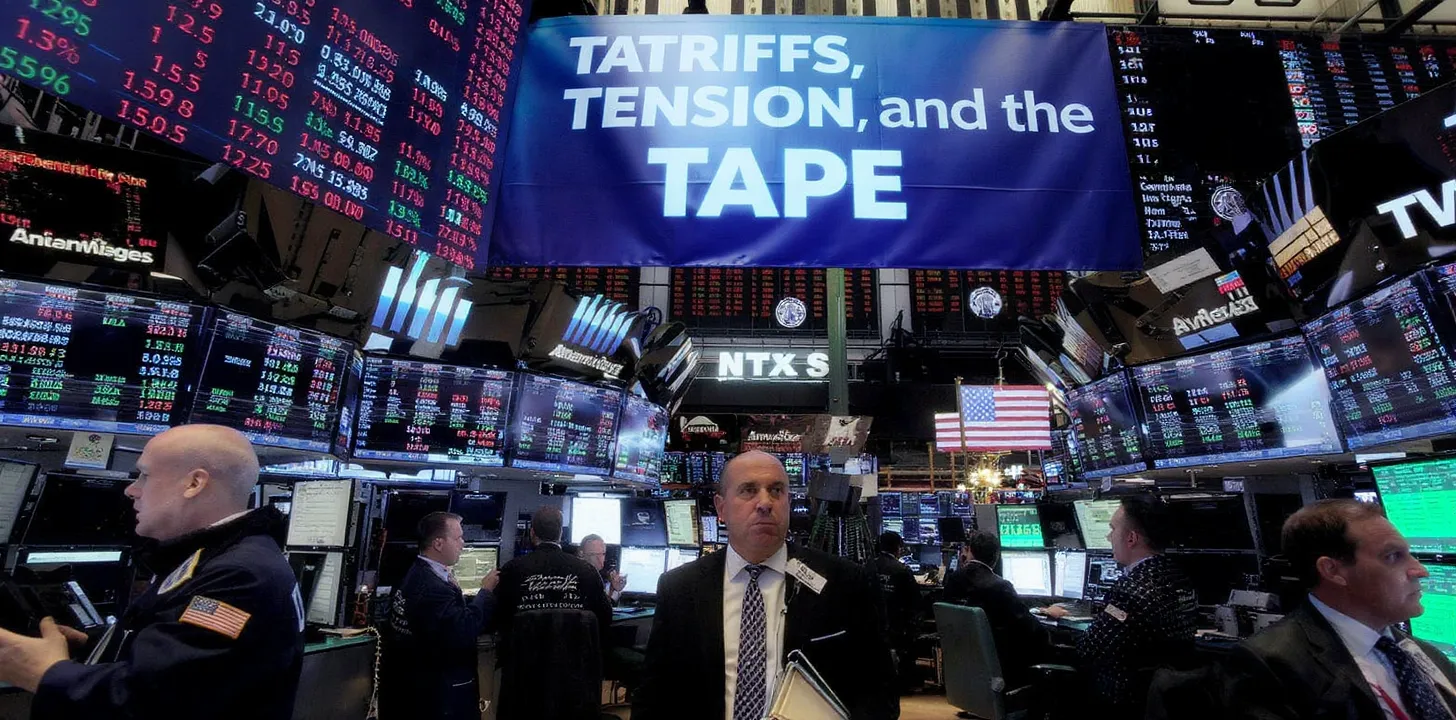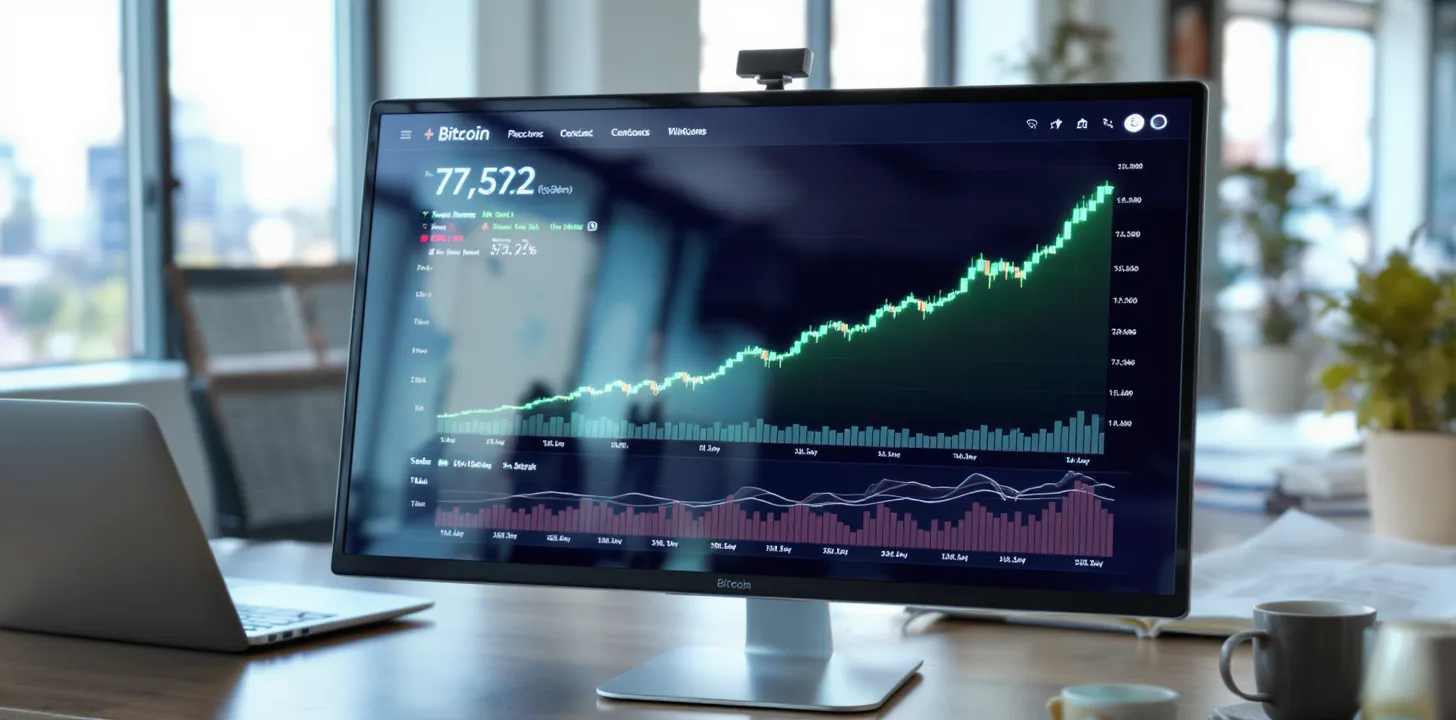Global Market Dynamics Amid Policy Uncertainty – A Detailed Analysis
In today’s turbulent financial environment, global markets are responding to a mixture of policy uncertainty, shifting economic indicators, and evolving geopolitical tensions. Recent news highlights key developments including hints from the Federal Reserve about maintaining current policy levels, persistent tariff threats from President Trump, and mixed economic data that have sent ripples across currencies and equity markets. This article delves into these dynamics, examining their impact on various asset classes and what they may signal for the near-term outlook.
Fed Policy and Market Reactions
At the center of the discussion are the minutes from the Federal Reserve’s recent meeting. Several participants mentioned that potential changes in trade and immigration policies could hinder the disinflation process, while the majority maintained that risks to the dual mandate remain balanced. This stance has contributed to the dollar’s resilience, even as it retreated slightly from session highs. Moreover, comments from Fed officials indicate that the possibility of slowing or ending quantitative tightening is under consideration, particularly in light of mounting debt ceiling concerns.
Global Currency and Asset Impacts
Currency markets have experienced notable volatility amid these developments. The US dollar, while initially buoyed by risk-off sentiment and higher energy prices, has experienced mixed pressure as market participants weigh both the potential for continued policy stability and looming tariff escalations. The euro and yen, in particular, have seen fluctuating support levels. Analysts observe that while the euro is facing downside risks from tightening yields and inflation concerns in Europe, the yen has gained ground amid expectations of potential Bank of Japan rate adjustments. Meanwhile, sterling remains influenced by both domestic inflation surprises and external trade tensions, reflecting a delicate balance of bullish technical signals and cautious sentiment.
Market Outlook and Strategic Perspectives
Looking ahead, investors remain cautious as they digest a series of mixed signals. On one hand, the Fed’s clear message of policy steadiness reassures market participants seeking stability in turbulent times. On the other hand, continued geopolitical tensions, tariff announcements, and evolving trade negotiations keep the risk landscape uncertain. Equity markets have mirrored this ambivalence, with major indices showing little net change despite early losses. Energy prices, particularly in natural gas and oil, are on an upward trend, adding further complexity to market dynamics. Analysts warn that any abrupt policy shift or escalation in trade tensions could trigger a more pronounced market correction. As such, a balanced approach to portfolio management is essential, with an emphasis on defensive assets and diversified exposures.
Additional Influences and Concluding Thoughts
Other factors adding nuance to the global market landscape include varied economic reports such as US housing starts and building permits data, which have shown slight deviations from expectations. In Europe, comments from ECB policymakers suggest that rate cuts may soon be paused, reflecting a shift in monetary policy sentiment as inflationary pressures persist. Across the Atlantic, the UK’s sterling continues to struggle against mixed signals from both domestic and international fronts. These disparate influences underscore the interconnected nature of global markets, where policy decisions in one region can reverberate worldwide.
Strategic Takeaways for Investors
Investors should prepare for a prolonged period of market volatility. Diversification across asset classes remains crucial, as does staying informed about policy shifts and economic data releases. With central banks weighing in cautiously, the emphasis should be on balancing growth prospects with risk mitigation. Whether it is through hedging strategies, reallocating to safer assets, or capitalizing on short-term trading opportunities, flexibility in strategy will be key. The current environment demands vigilance and agility, ensuring that portfolios can weather unexpected shocks while seizing emerging opportunities.
Final Thoughts
As the markets continue to oscillate between caution and opportunity, clarity will emerge eventually. Investors are advised to monitor policy announcements closely, keep an eye on technical signals, and remain prepared for sudden shifts in market sentiment. A informed approach remains the best strategy during uncertain times.



